It is an irony of war that the model 1857 gun-howitzer that Union artillerists used to help turn the tide at Gettysburg was the brainchild of Confederate President Jefferson Davis, who championed the development of the new field piece while serving as secretary of war under Franklin Pierce. For once, backward-looking critics of the controversial southerner could not allege that he had abused his cabinet post to further the military and political aims of his native region, far in advance of the Civil War.
Another Davis innovation did spark such complaints. The 1st and 2nd Cavalry Regiments, known throughout the Army as “Jeff Davis’s Pets,” were so stocked with southern officers that many critics saw the regiments’ creation as a Machiavellian plot by Davis to give his co-regionalists valuable experience in the upcoming war. As was often the case with Davis, his enemies gave him too little credit for good intentions— and far too much credit for sheer deviousness.
In his cabinet post, Davis had lobbied long and hard for the creation of an expanded cavalry presence on the southwestern frontier. Such a force was badly needed. Following the successful conclusion of the war with Mexico in 1848, the U.S. Army had reverted to its congressionally mandated peacetime size of 13,821 men, despite the fact that the nation had increased by more than one million square miles in three years’ time. In June 1853, the Army had fewer than 7,000 men on active duty in the West—124 soldiers for each of its 54 western outposts.
In his annual report to Congress in 1854, Davis complained: “We have a sea-board and foreign frontier of more than 10,000 miles, an Indian frontier and routes through Indian country requiring a constant protection of more than 8,000 miles, and an Indian population of more than 400,000, of whom probably 40,000 warriors are inimical and only want the opportunity to become active enemies.”
Opponents in Congress, led by Senators Sam Houston of Texas and Thomas Hart Benton of Missouri, fought any increase in the size of the military, warning that such an army would be southern-dominated at a time when the winds of secession were just beginning to blow. Ironically, Houston and Benton came from southern states themselves, but both were dedicated nationalists who bitterly opposed any potential separation of the regions.
Despite the senators’ opposition, Congress in March 1855 approved four new Army regiments, two infantry and two cavalry. Davis set to work filling the officer vacancies. Command of the 1st Regiment went, through seniority, to Colonel Edwin V. Sumner. Selected to lead the 2nd Regiment was Davis’s old friend, Colonel Albert Sidney Johnston, a veteran Indian fighter from Texas. Lieutenant colonelcies went to Joseph E. Johnston and Robert E. Lee, then serving as superintendent of the United States Military Academy at West Point. Lee, in particular, was not thrilled by his new assignment, which meant a forced separation from his family.
Critics of Davis, then and later, had a field day. Of the 25 officers chosen for the 2nd Cavalry, 17 were southern-born, and numbered among the two regiments were five future Confederate full generals—Robert E. Lee, A.S. Johnston, Joseph E. Johnston, John Bell Hood, and Edmund Kirby Smith. Confederate major generals included J.E.B. Stuart, William Hardee, Earl Van Dorn, Fitzhugh Lee, and Charles Field.
At the same time, future Union Army stalwarts who served in the frontier regiments included George B. McClellan, Edwin Sumner, George H. Thomas, John Sedgwick, Samuel Sturgis, George Stoneman, David S. Stanley, Thomas J. Wood, and Richard W. Johnson, the last of whom disputed Davis’s myriad critics. “This was six years before the beginning of the war,” said Johnson, “and a little too early for one to predict with any degree of certainty the supreme folly of a war between the sections.”
When that supreme folly did come, the 1st and 2nd Regiments were decimated by the massive resignations of southern officers heading home to fight for the Confederacy—beginning with the South’s first and only president, Jefferson Davis.
Roy Morris Jr
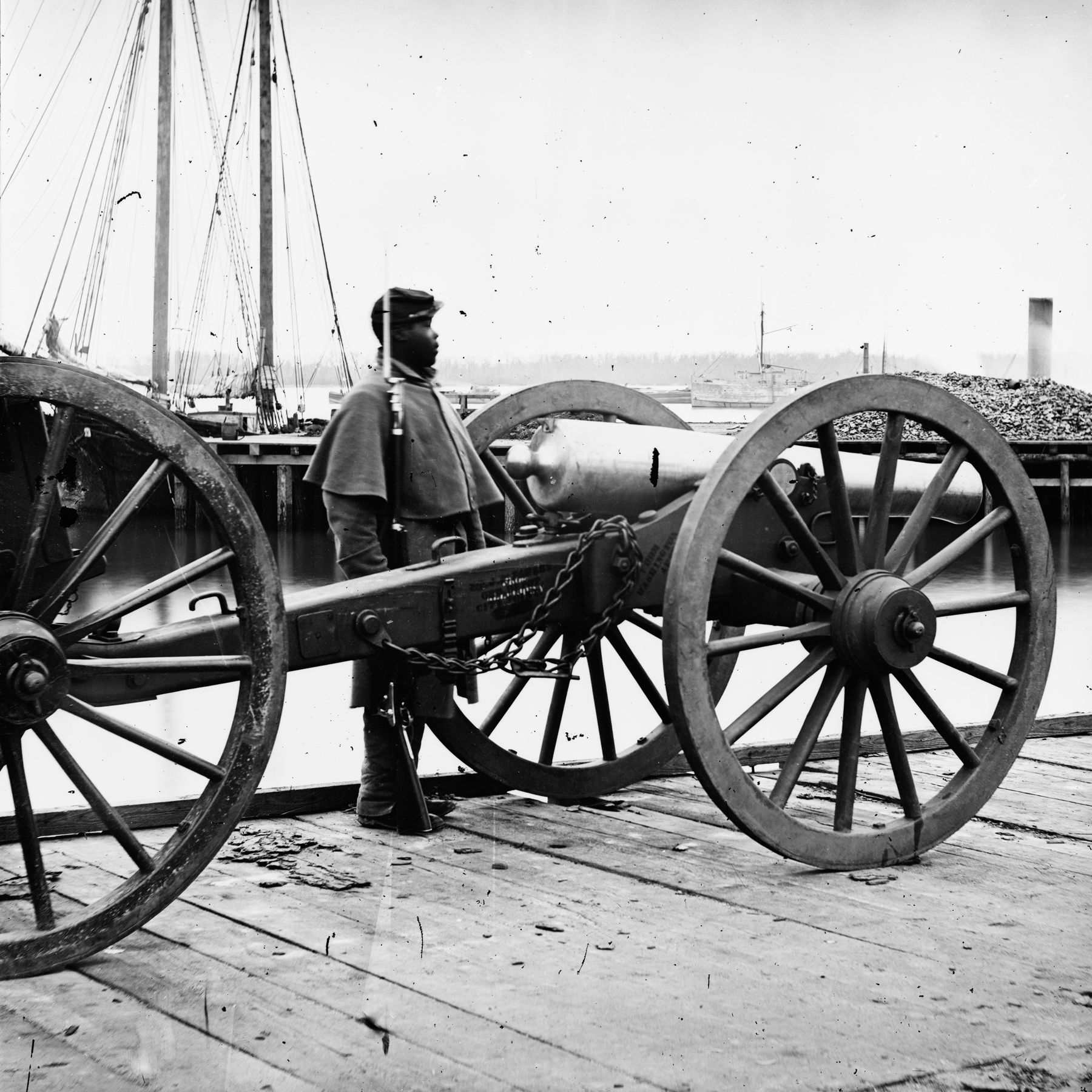
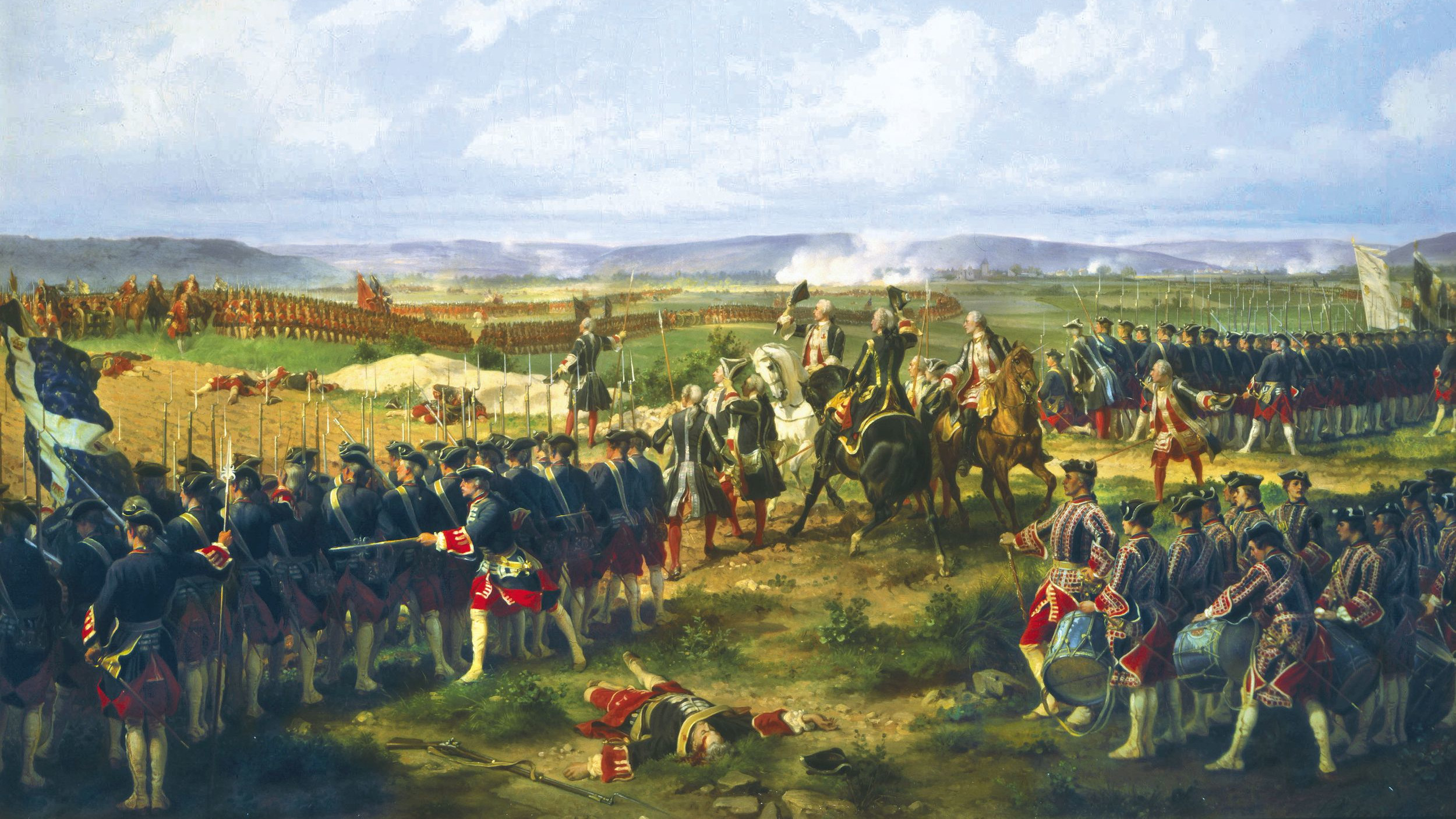
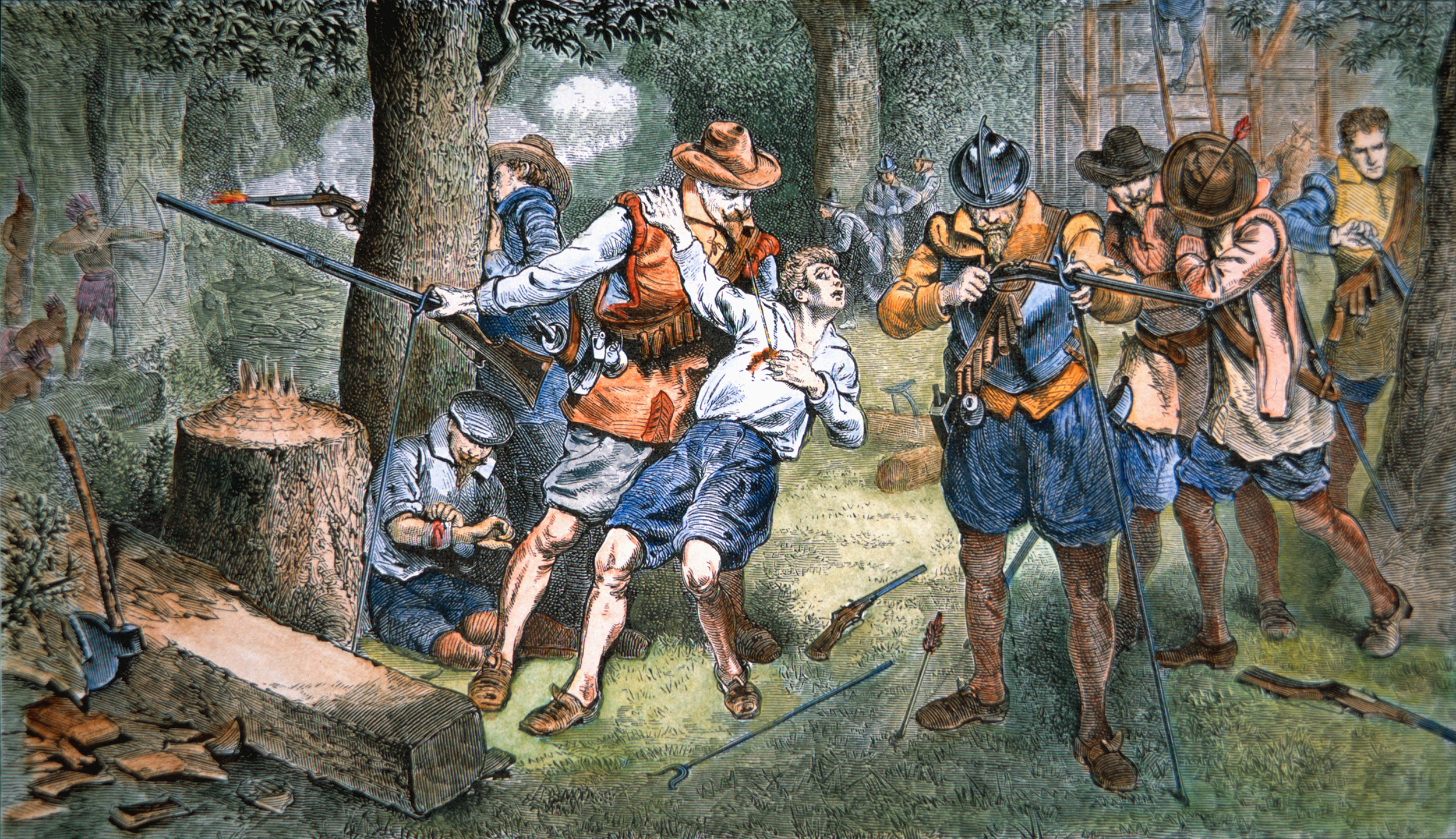
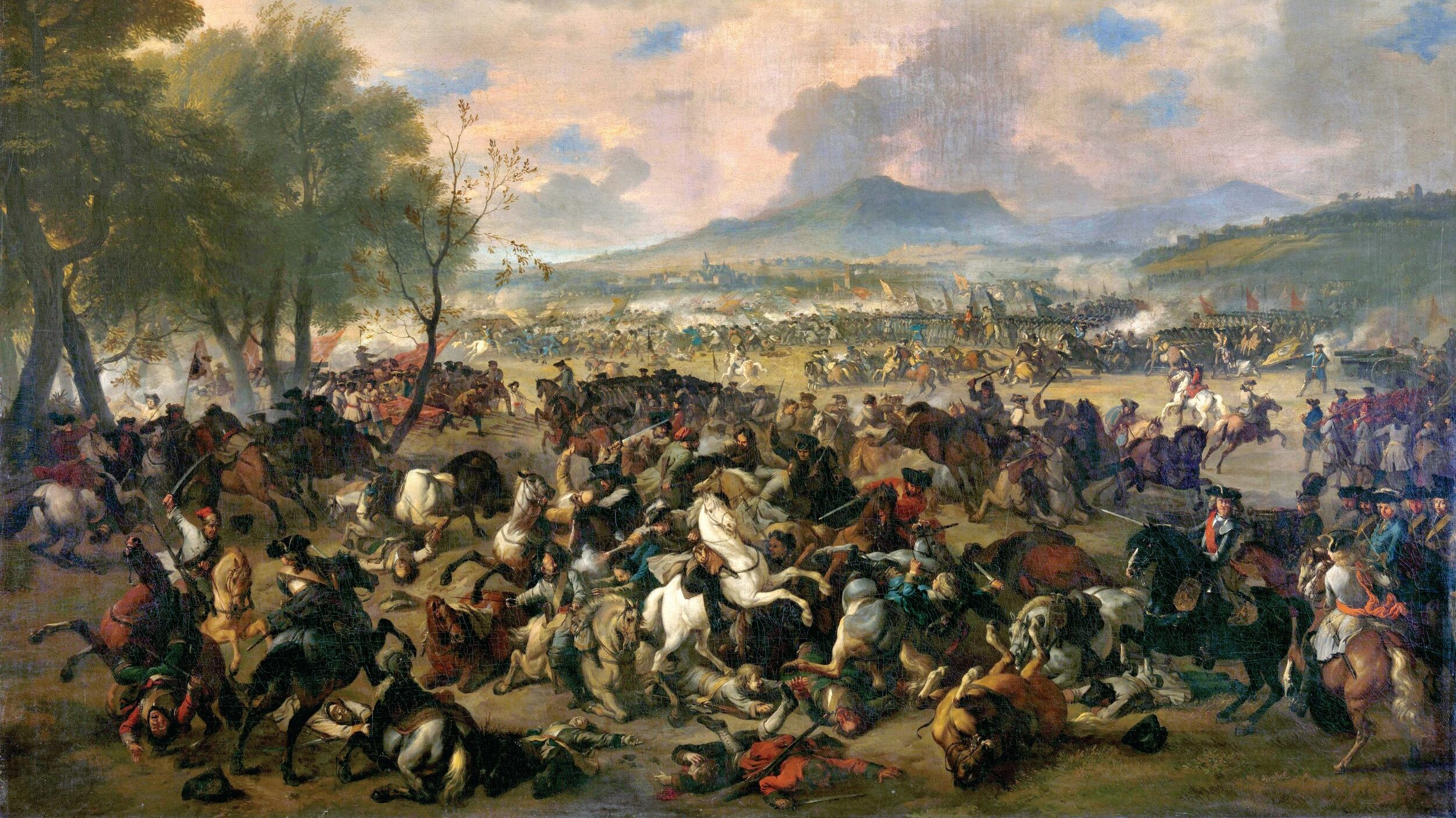
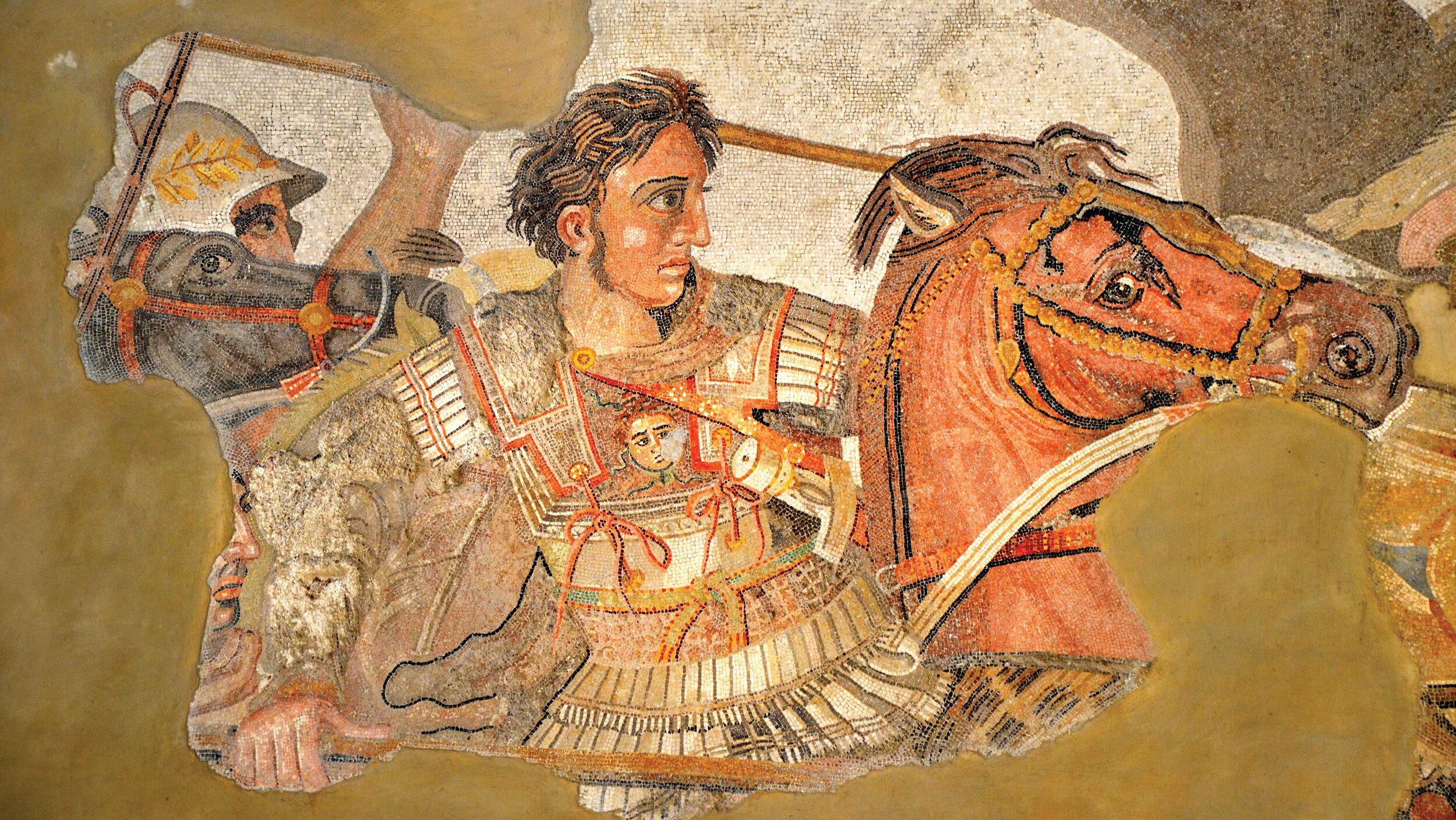
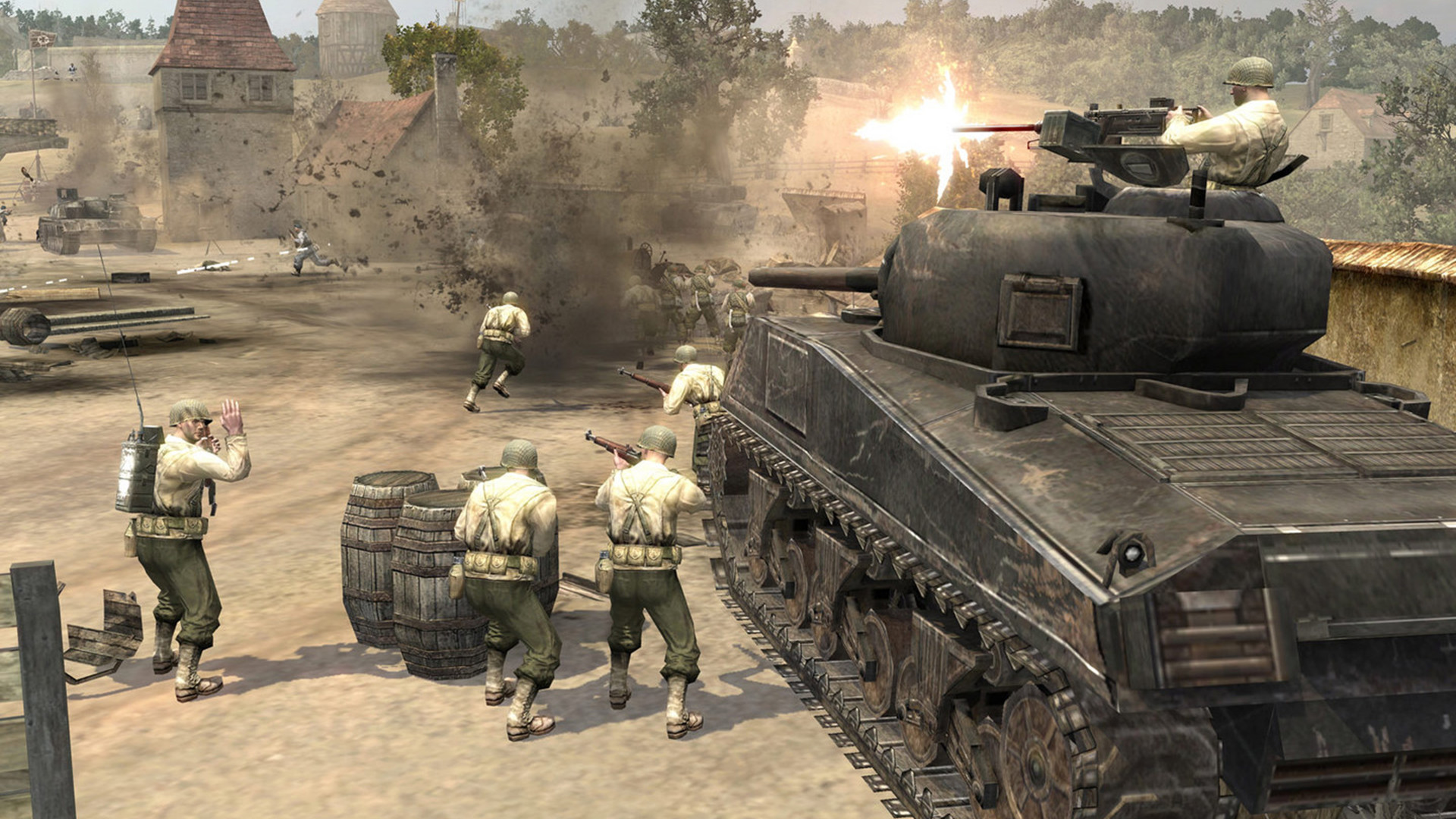
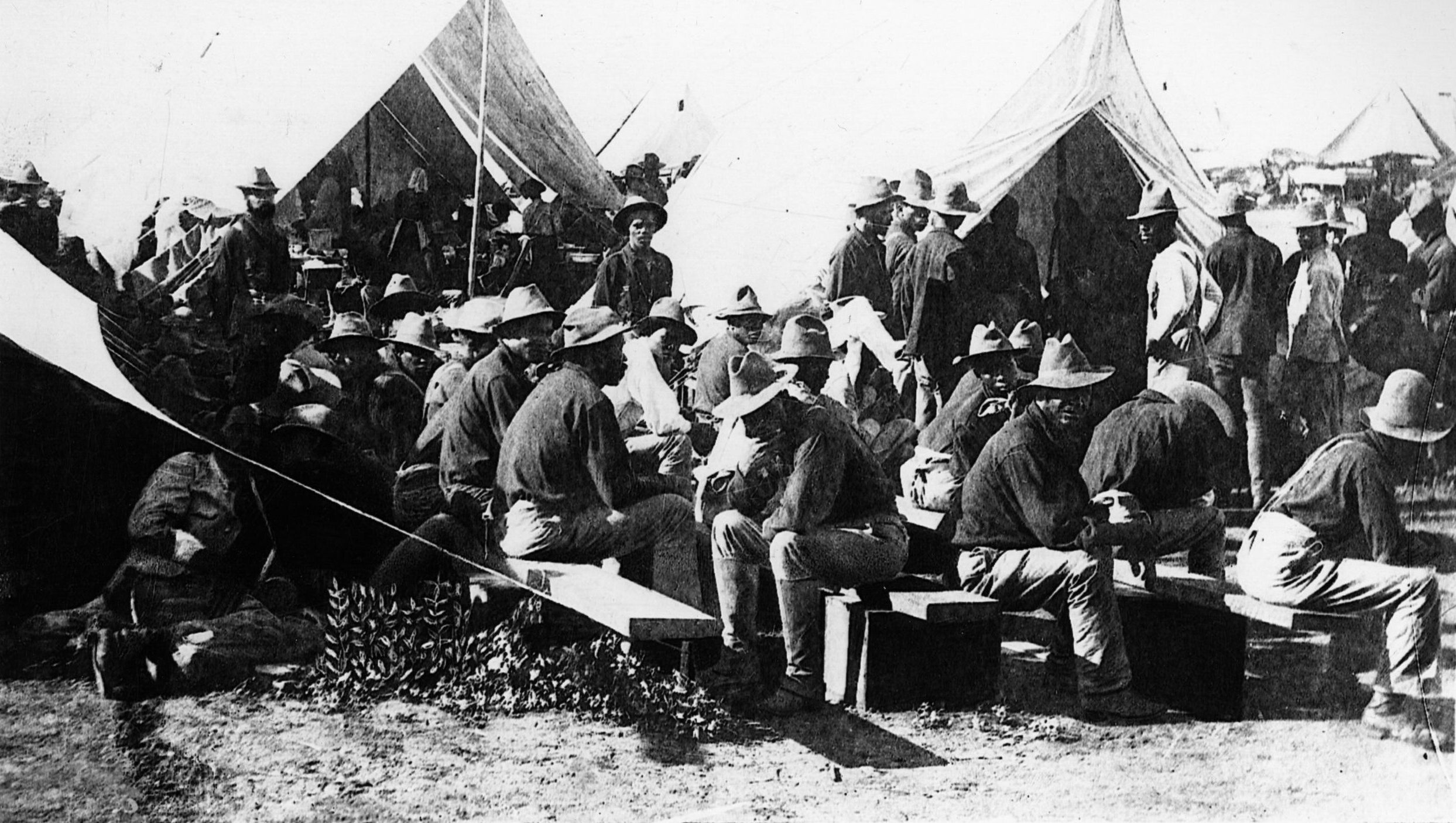
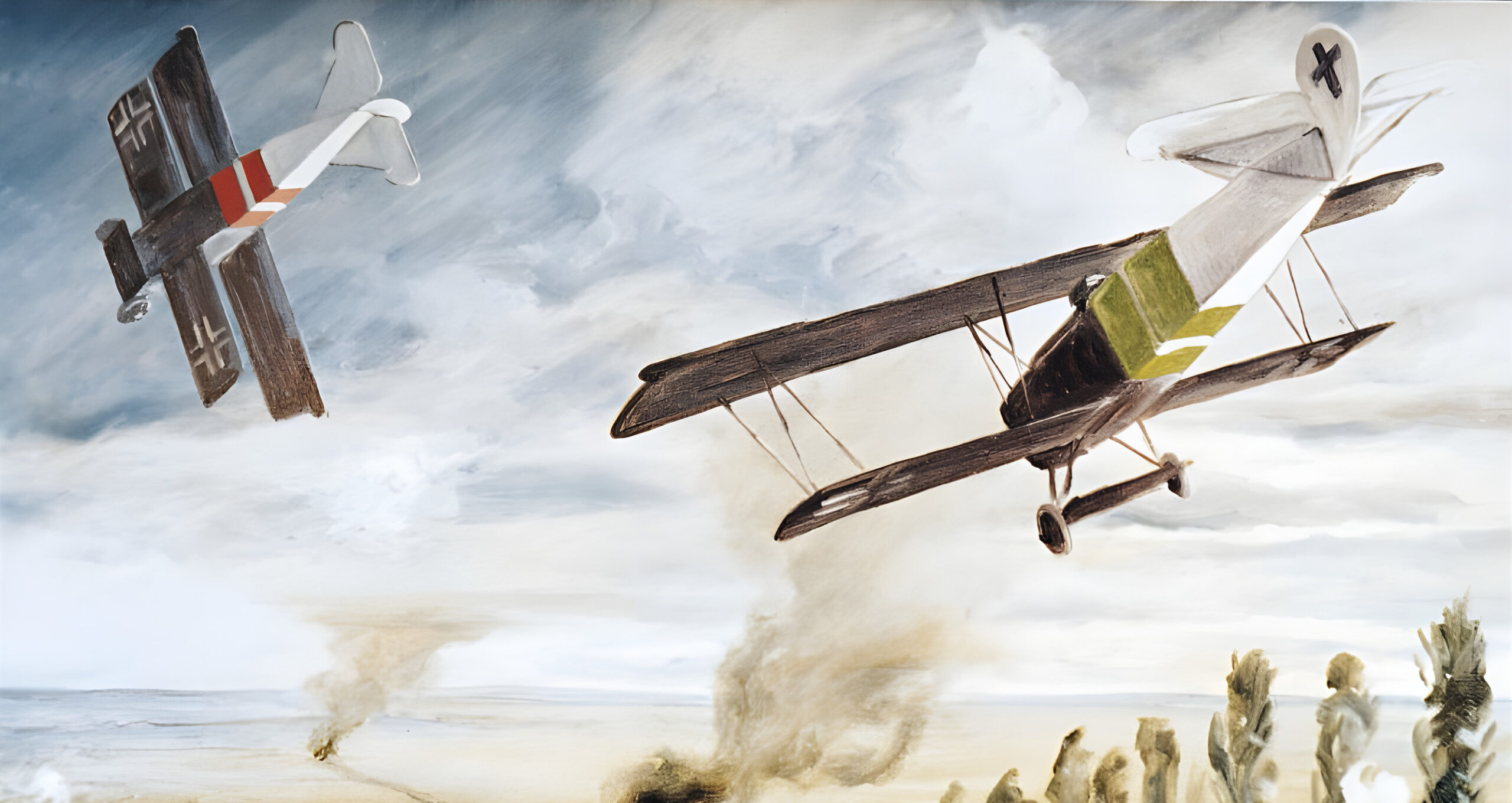
The pre war army out west is a fascinating story. So many books and films have been written and produced about the post war west that they pre war western posts get scant attention. I believe it was Robert Utley that pointed out that the western posts acted as escort and police duties over that gigantic piece of real estate while the post war army out west focused on putting and keeping the tribal people on reservations.
Jefferson Davis was also they one who instigated the us of camels for pack animals in the desert southwest. The wagon road that proceeded the railroad in the 1880s and Route 66 in 20th Century employed the camels during construction I believe.
The War of Secession put and end to that experiment.